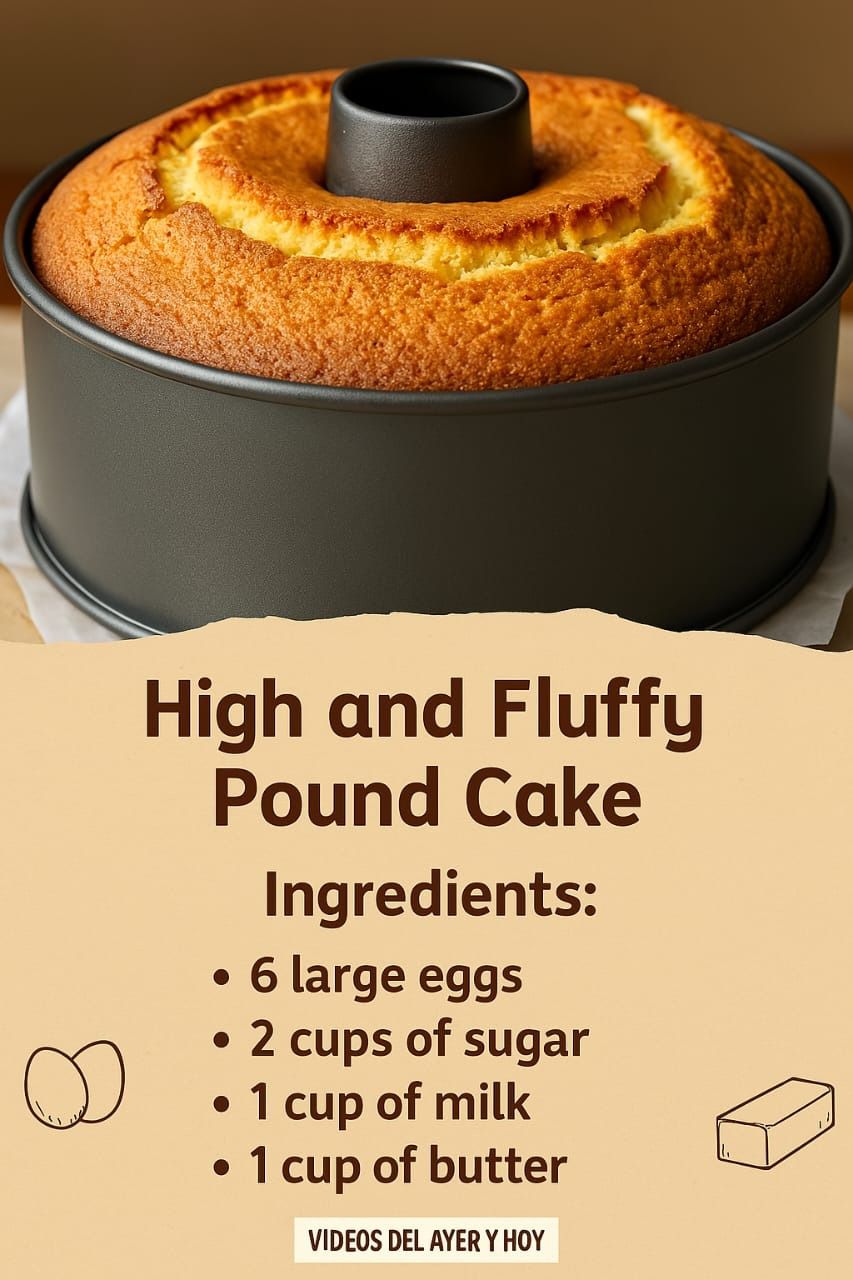Craving Cake? Let’s Talk Tall & Fluffy Butter Cake!
Is there anything quite as comforting as a slice of homemade butter cake? But not just any butter cake – we’re talking about a *tall* and *fluffy* butter cake, the kind that practically melts in your mouth. We’ll dive into the secrets behind achieving that perfect texture and height, so you can bake a showstopper yourself!

The Secrets to Butter Cake Success
Creating a truly exceptional butter cake is a science and an art. It’s all about understanding the ingredients and the techniques that bring them together in perfect harmony. Let’s explore some key elements:

Creaming is Key: The Butter and Sugar Foundation
The creaming process, where you beat together butter and sugar, is arguably the most critical step. This incorporates air into the mixture, which contributes to the cake’s light and airy texture. Don’t rush this step!
- Use softened butter (not melted!). It should be pliable but still hold its shape.
- Cream the butter and sugar together for several minutes, until it’s light and fluffy. This might take longer than you think!

The Right Flour Matters
The type of flour you use makes a significant difference. Cake flour, with its lower protein content, creates a more tender crumb compared to all-purpose flour. If you only have all-purpose flour, you can make a substitute (see below).
- Cake Flour: Ideal for a delicate, soft crumb.
- All-Purpose Flour: Can be used, but the cake will be slightly denser.
All-Purpose Flour Hack: To mimic cake flour, remove 2 tablespoons of all-purpose flour per cup and replace it with 2 tablespoons of cornstarch.

Adding the Eggs: One at a Time
Adding eggs one at a time ensures they emulsify properly into the butter and sugar mixture. This prevents the batter from curdling and contributes to a smoother texture. If the batter does curdle slightly, don’t panic! Adding a spoonful of flour can help bring it back together.

Leavening Power: Baking Powder or Baking Soda?
Most butter cake recipes rely on baking powder for leavening. Baking powder is a complete leavening agent, meaning it contains both an acid and a base, so it doesn’t need an acidic ingredient to activate. Always check the expiration date of your baking powder to ensure it’s still active!

Buttermilk Magic: The Secret Ingredient?
While not all butter cake recipes use buttermilk, it can add a subtle tang and help create an incredibly tender crumb. The acidity in buttermilk helps to break down gluten, resulting in a softer texture. You can substitute buttermilk with a mixture of milk and lemon juice or vinegar (let it sit for 5 minutes to curdle).

Don’t Overbake!
Overbaking is the enemy of a moist and fluffy cake. Use a toothpick to test for doneness – it should come out with a few moist crumbs attached, not completely clean. Let the cake cool in the pan for 10-15 minutes before inverting it onto a wire rack to cool completely.

Tips for Extra Height and Fluffiness
Beyond the basics, here are some extra tips to help you achieve that coveted tall and fluffy texture:
- Proper Pan Preparation: Grease and flour your cake pan thoroughly to prevent sticking and ensure even rising.
- Room Temperature Ingredients: Using room temperature ingredients helps them combine more easily and evenly.
- Don’t Overmix: Overmixing develops gluten, which can result in a tough cake. Mix until just combined.
- Even Baking Temperature: Make sure your oven is preheated and accurate. An oven thermometer can be helpful.

Finishing Touches: Icing, Glaze, or Simply Perfect
Once your tall and fluffy butter cake is cooled, it’s time to add the finishing touches. A simple dusting of powdered sugar is always a classic choice. Alternatively, you can top it with a buttercream frosting, a glaze, or even a dollop of whipped cream and fresh berries.

Ready to Bake?
With these tips and tricks, you’re well on your way to baking a truly magnificent tall and fluffy butter cake. Don’t be afraid to experiment and find what works best for you. Happy baking!

